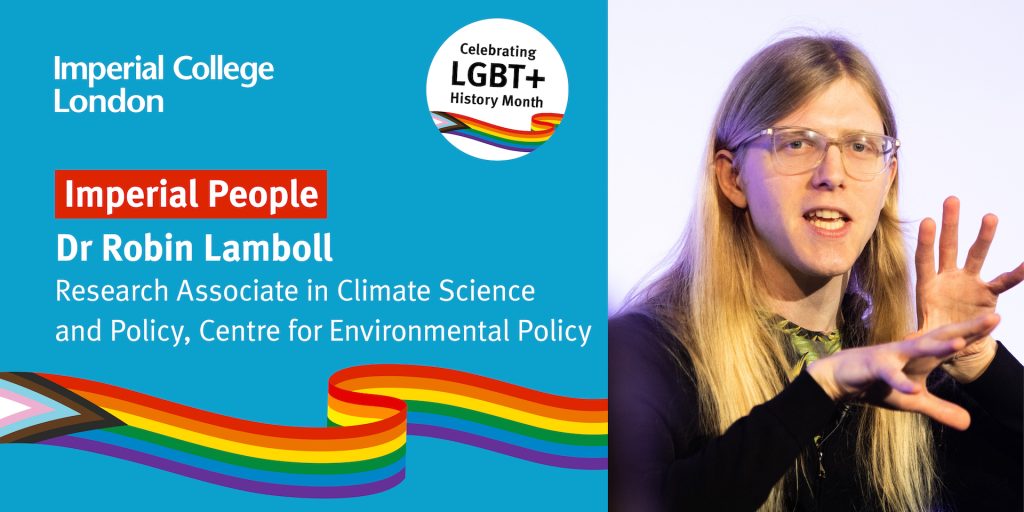
“COP26 was about a month after I got a call informing me that I’d been matched with someone who needed bone marrow”
After doing my undergraduate course in Natural Sciences, I continued at the University of Cambridge to get a PhD in the physics of solar cells. I enjoyed being a student, but not particularly my actual research, so I left academia for two years to work as a consultant to pay off my student loan before becoming a more interdisciplinary scientist, working on climate change.
Currently I do a variety of programming and statistical analyses on emissions data, for instance working out relationships between different types of air pollution. People often want to think only about carbon dioxide emissions, but the other gases we emit can make a big difference too.
I calculate the amount of carbon we can afford to produce while still staying below certain temperature limits for the Intergovernmental Panel on Climate Change (IPCC) – something that has to take account of these other gases and also contribute to estimating the impact of recent climate pledges in the UNEP emissions gap report. You may have read in the news when we updated our conclusion during COP26 to show that if all governments stick to their promises and long-term goals, we might see less than 2C warming. It’s a significant progress milestone, though there’s still a lot of work to do.
COP26 was rather an intense time for me, as it unhappily coincided with an internal deadline for an upcoming IPCC report, and I was there helping to organise an international poetry event. It was also about a month after I got a call informing me that I’d been matched in a database with someone who needed bone marrow, and while they needed to run a lot more tests to check I was suitable, I should try to avoid getting COVID-19 in the meantime. Not the easiest thing at a busy conference!
The match worked out, I didn’t get COVID, and I ended up donating bone marrow stem cells at the beginning of February. This LGBT+ history month marks a somewhat historic occasion for queer donors. It marks the first year where men who have sex with men, and people of any gender who have sex with them, can legally donate blood and bone marrow without a period of celibacy. There were also rule changes connected to promoting the inclusion of trans people. It feels good to demonstrate that queer bodies aren’t “unclean”; not only are we not broken, we can support others too.
The bone marrow donation databases are particularly looking for more young people and ethnic minorities. For me the donation process was an outpatient procedure. They can usually collect the stem cells from your blood, rather than needing to tap into your bones as they used to, and while by no means comfortable, it is less unpleasant than usually imagined.
When I’m not working, I enjoy philosophical sci-fi, baking, anime and Pokémon. Now I’m no longer shielding, I hope to be able to go to live poetry events again!